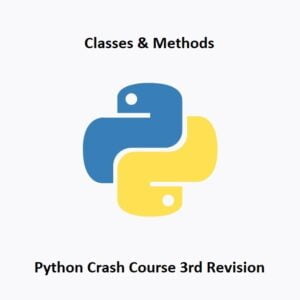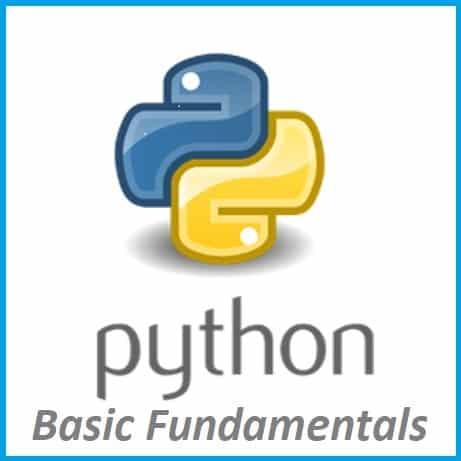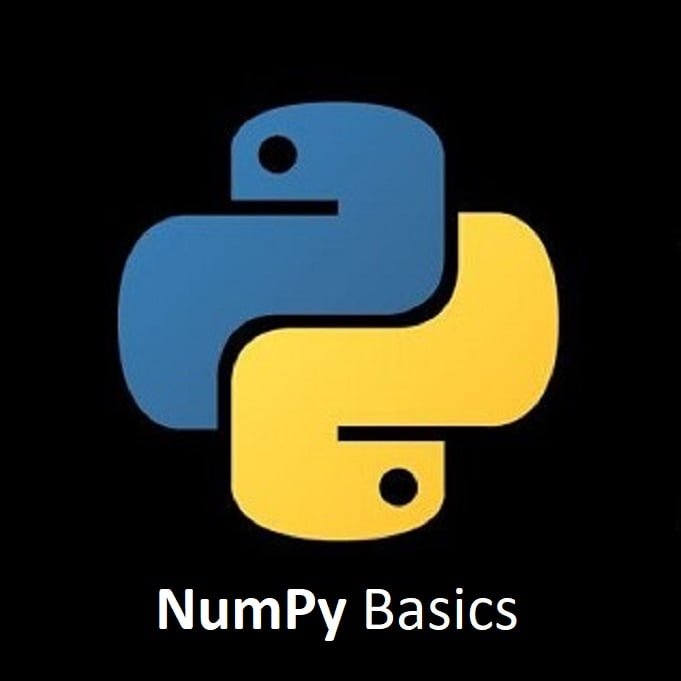
Classes, Objects, and Methods for Structured Programming
Classes and methods form the bedrock of object-oriented programming (OOP) in Python. They allow for the creation of organized, reusable, and scalable code by encapsulating data and behavior into objects. Understanding classes and methods empowers programmers to build complex systems with ease. Let’s delve into the world of classes and methods with this Python crash course guide. Learn their syntax, attributes, methods, and their pivotal role in organizing code.
Classes and Methods
In Python, classes are used to define objects with their own attributes and behaviors. They serve as blueprints for creating instances of objects, which are individual copies of the class. Classes encapsulate data (attributes) and functions (methods) that operate on that data.
Here’s an example of a simple class definition in Python:
class Person:
def __init__(self, name, age):
self.name = name
self.age = age
def greet(self):
print(f"Hello, my name is {self.name} and I am {self.age} years old.")
# Creating an instance of the Person class
person1 = Person("Alice", 25)
person1.greet() # Output: Hello, my name is Alice and I am 25 years old.In the above example above, we define a class called Person. It has two attributes (name and age) and one method (greet). The __init__ method is a special method known as the constructor, which is called when an instance of the class is created. It initializes the attributes of the object.
The greet method takes self as its first parameter, which represents the instance of the object. By convention, this parameter is always named self. We can access the attributes of the object using the self keyword.
To create an instance of the Person class, we simply call it as if it were a function, passing the necessary arguments. In this case, we create an instance called person1 with the name “Alice” and age 25. We can then call the greet method on person1 to display a greeting.
This is just a basic example, but classes and methods can become more complex, with additional attributes and behavior. Methods can take additional parameters, return values, and perform various operations on the object’s data
Classes and Methods Quiz
Test Completed
Your final score: 0 / 0
Conclusion
Classes and methods lie at the core of object-oriented programming, enabling the creation of organized, modular, and reusable code in Python. Their ability to encapsulate data and behavior within objects fosters better code organization, enhances code reusability, and facilitates the creation of complex systems. Mastery of classes and methods equips programmers with the tools to design scalable and maintainable applications, leveraging the power of OOP principles for efficient software development.
In the next installment of this Python Crash Course, we will be learning all about Python Libraries and Modules
That’s All Folks!
You can explore more of our Python guides here: Python Guides





